All about double orthopedic mattresses

A double orthopedic mattress is a guarantee of healthy and comfortable sleep for two. In this article, we have collected all the most useful information about these products so that you can choose the right one for your ideal bed accessory.
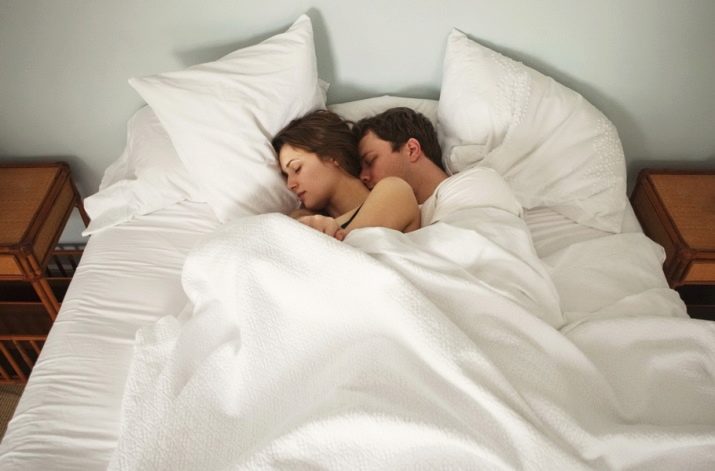
Peculiarities
Not every mattress can provide a complete and comfortable night's rest. The best solution would be to buy a special orthopedic product. It differs somewhat from the usual one in its more ergonomic, well-thought-out design, which is being developed jointly with doctors, and is undergoing full-fledged clinical trials. Such a mattress supports the spine and muscles in the anatomically correct position, ensuring their unloading.
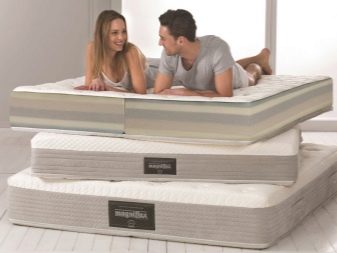
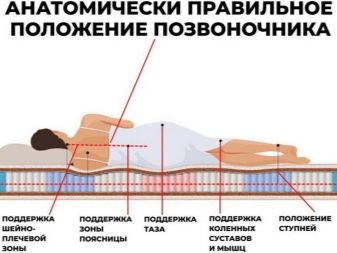
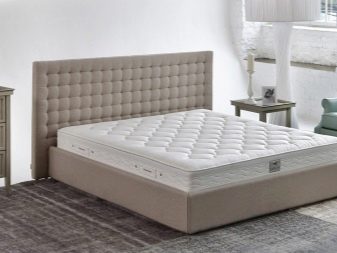
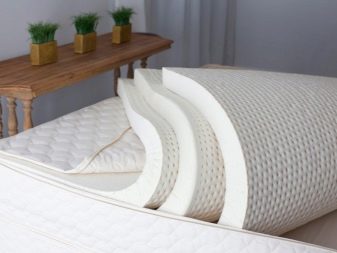
Today, the market offers not only models for people with certain diseases, but also a huge selection of universal, "preventive" mattresses that have excellent characteristics at an affordable price. A special type of orthopedic mattresses are double. Such a sleeping attribute must meet a number of criteria:
- be larger than a single bed, suitable for a double bed;
- support the weight of two sleeping people;
- be durable;
- do not cause allergies and discomfort;
- fit both partners in terms of softness, height and size, allowing everyone to sleep in a comfortable position;
- there should be no “hammock effect” - if one gets up or tosses and turns, then the second partner should not feel it, and the light partner should not roll towards the heavier one due to the deflection of the mattress.
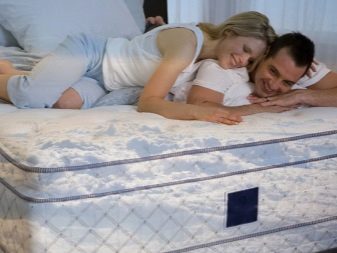

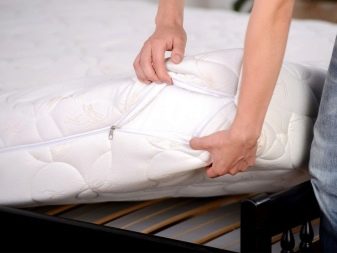

As you can see, there are even more requirements for an ideal double mattress than for a single one. After all, there is a positive effect on health from an orthopedic mattress only if it is selected taking into account the anatomical features of a person, his weight, the state of the spine. And in double models, we are talking about the individual parameters of not one person, but two partners, each of whom has his own, mutually exclusive needs and ideas about comfort.
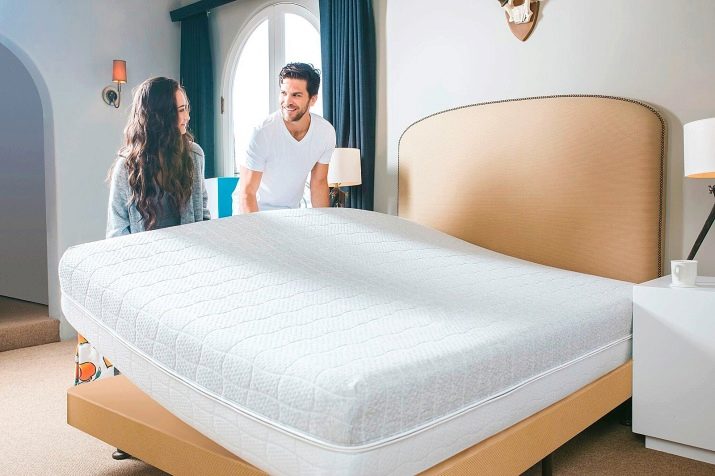
For a manufacturer to find the optimal balance, to think over the double ergonomics of a mattress is a rather difficult task. Therefore, in double models, special design solutions are used that distinguish them from single beds. There may be several options:
- reinforced spring block, ideally with independent Duet or Hourglass springs;
- for springless models - a special structure of several layers of filler;
- the use of "smart" fillers with a memory effect;
- double mattress - with different firmness on each half.
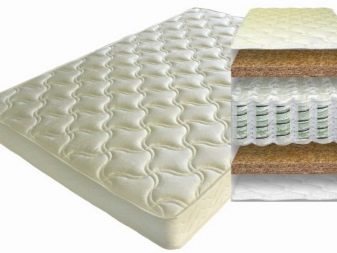


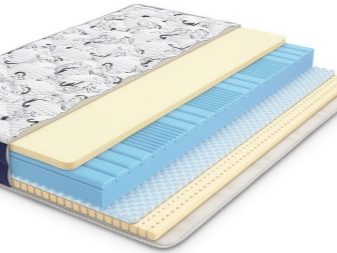
Thus, a double mattress differs from a single mattress not only in size, but also qualitatively, in its characteristics.
Species overview
By type of construction
All orthopedic mattresses have a special design of several layers.
- Basis - the "core" of the mattress, a load-bearing structural element that is responsible for the ability to support the weight of two sleeping people. The base is spring and springless. Springless models have very good orthopedic properties, are suitable for partners with a large difference in weight, they do not have a hammock effect. As for the models with a spring block, only models with independent elements are orthopedic. The best solutions are considered to be the DS-block ("spring in spring") or the "hourglass" type of springs.
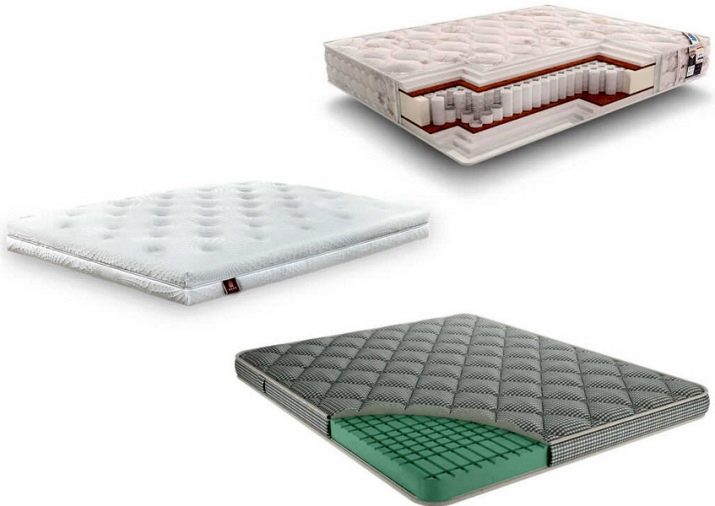
- Covering layer (comfort layer) - located above the spring block or springless base. Whether the mattress will be perceived as hard or soft depends on this layer. Orthopedic support also depends primarily on him, although the base block below also plays an important role. Reversible models with different rigidity of each half of the mattress are created precisely by using different fillers in the comfort layer.
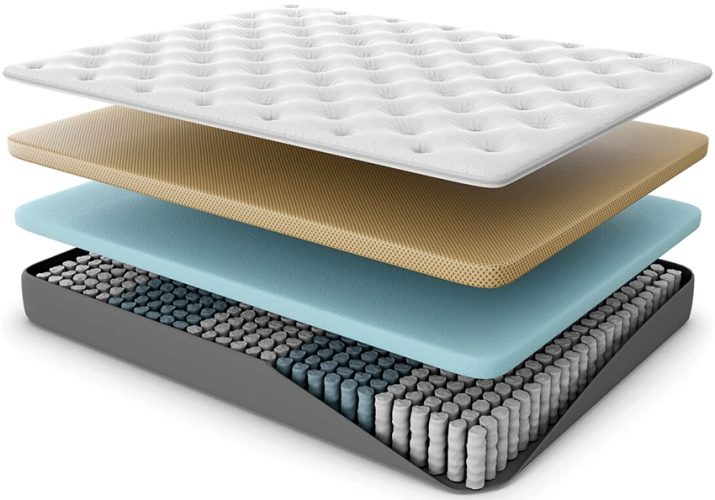
- The cover is the shell of the mattress, which unites all its filling into a single whole, protects against contamination. This element also determines the appearance and design of the mattress, as well as the tactile sensation from its contact with the skin.

By material
The most important parameter is the rigidity of the product, it depends primarily on what material is used in the comfort layer, as well as in the underlying layers. Let's consider what fillers are, and what are their features.
- Natural latex (rubber) Is a natural, environmentally friendly material obtained from the foamed and hardened sap of the hevea tree. Mattresses made of it have a slight springy effect, are very elastic, perfectly keep their shape even under heavy weight (up to 120 kg per bed), are very durable.
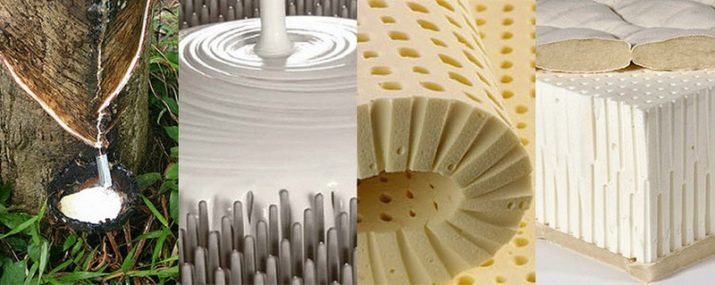
- Synthetic latex - an artificial polymer material, close in elasticity to natural latex, therefore it is used as its more budgetary analogue.
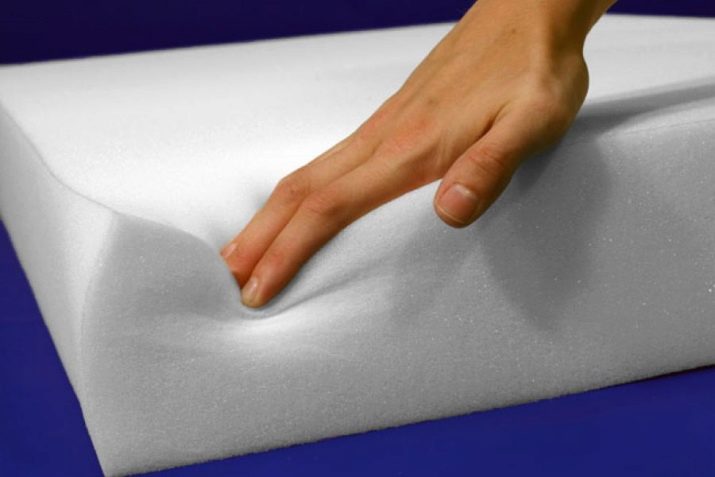
- Coconut coir - natural vegetable fiber obtained from coconuts. In mattresses it is used in a compressed form in the form of blocks, sometimes such blocks are additionally impregnated with latex. The material has high hardness and is one of the best for the manufacture of hard orthopedic mattresses.
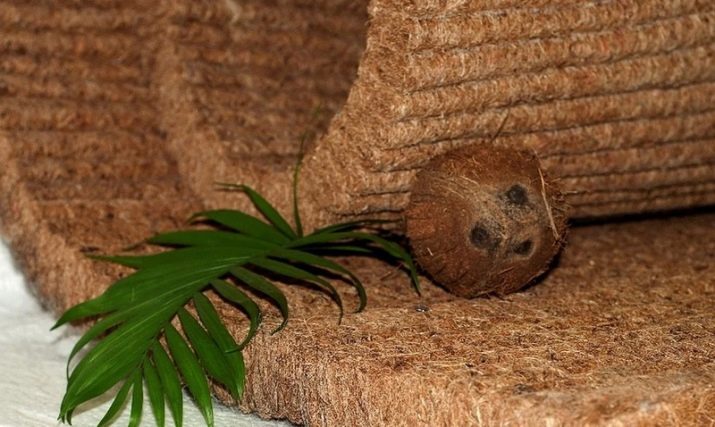
- Polyurethane foam (PPU) - flexible polymeric foam with a porous structure. There are many varieties of it with different density and elasticity, this allows you to create mattresses of any hardness.
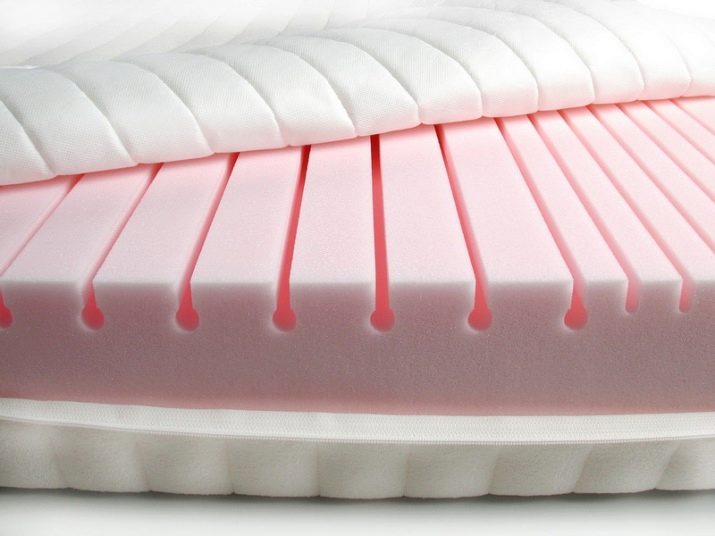
- Memory Foam (memorix) - a common name for a number of new generation "smart" polymer foams, developed specifically for orthopedic mattresses. The material softens from the heat and weight of a person, perfectly following the curves of the body, and at the same time - provides gentle support for all muscles. This is called the memory effect and creates a feeling of complete relaxation, “sleeping on a cloud”.
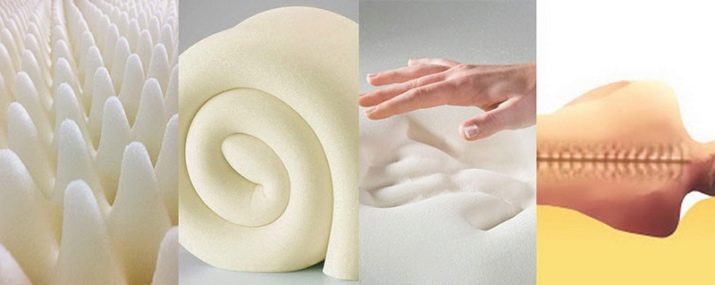
- Structofiber, holofiber and hallcon - non-woven synthetic materials made from twisted elastic polyester threads. They differ in the direction of the threads. They have good elasticity.

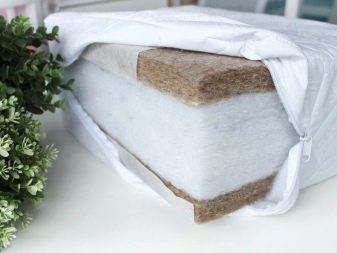
To size
Manufacturers produce mattresses based on typical bed sizes. Russian and European manufacturers have approximately the same standards:
- in width - from 140 to 200 cm;
- in length - 190, 195 and 200 cm;
- the height depends on the filler - from 18 to 25 cm for spring models and 10-20 cm for springless models.
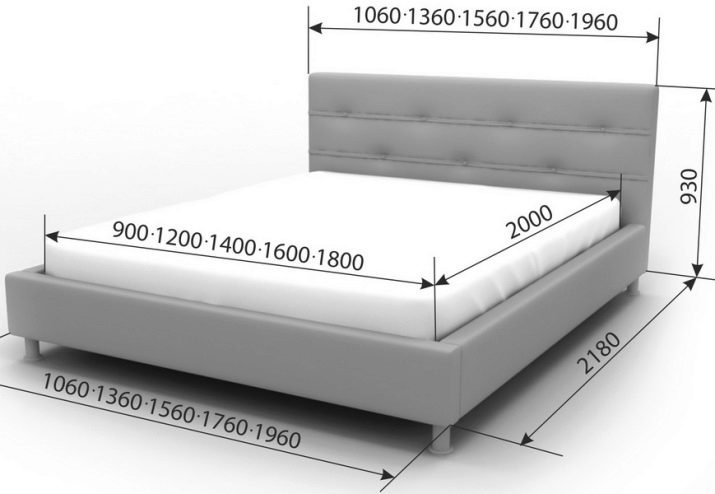
In the dimensional grid, the most popular are products with the following parameters: 140x190, 140x200, 160x190, 160x200, 180x190, 180x200 cm. Products with a width of 140 cm are considered small, they are suitable if both partners are rather small in build. The optimal width is considered to be from 160 to 200 cm (King Size) - it allows each partner to sleep in a comfortable position, each has enough space for good rest, the ability to toss and turn without interfering with the other. Mattresses 180 x 200 cm and wider are suitable for a large family bed, where, in addition to parents, a child can also fit.

American manufacturers have their own line of sizes - in inches. These mattresses may not always work for a typical bed.
Therefore, you need to carefully choose a model for a particular bed. It is not necessary, of course, to buy a mattress from the same country as the bed, the main thing is to make measurements accurately. Moreover, they need to be removed from the bed, and not from the old mattress. Manufacturers, striving to expand the range of products, are not limited only to standard sizes. Even if you have a custom design bed, you will most likely find a ready-made mattress model on sale for it. In width, many companies produce products with a step of 5 cm (for example, 140x200, 145x200, 155x200, and so on), and sometimes even 1 cm.
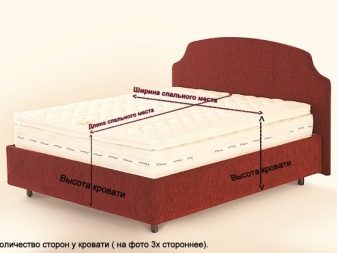
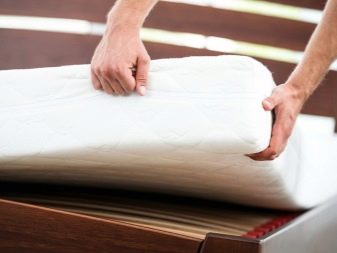
And if you need a mattress with completely non-standard parameters, it will be made to order.
Top brands
It is recommended to purchase orthopedic products from reliable and trusted manufacturers, whose products have medical and safety certificates, and whose reputation has been confirmed by many years of experience, positive reviews from experts and thousands of users. Several companies are leading the industry ranking.
- Tempur is a Danish company, No. 1 in the world ranking of manufacturers of orthopedic sleep products. She was one of the pioneers in the development of materials with a memory effect. Offers premium quality products made from a unique new generation of viscoelastic foam based on adapted NASA technologies.
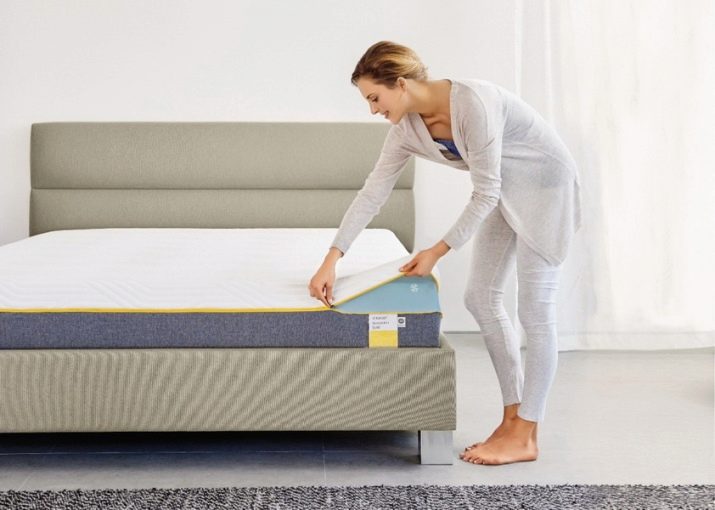
- LIEN`A is the world's leading manufacturer of orthopedic devices made from 100% natural latex. All mattresses consist entirely of this material only, without the inclusion of additives and layers of other fillers, do not have spring blocks. There are regular (monolithic) models and models with zone support. The pricing policy is very democratic.
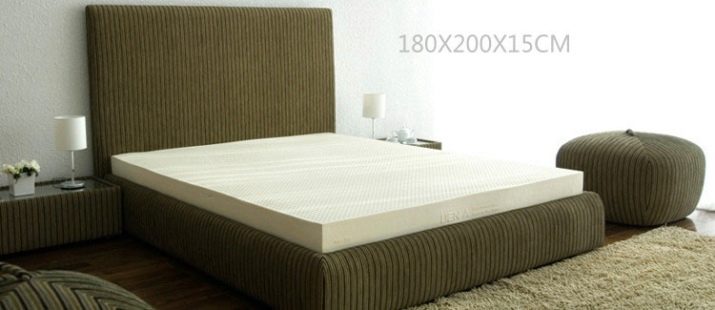
- Askona is a leader among Russian manufacturers of goods for sleeping, has its own production of spring and springless mattresses of various types, the largest in Eastern Europe. The company's patented development is a spring system, where each of the independent elements has the shape of an "hourglass". At the moment, the line includes more than 20 models with orthopedic and anatomical properties of any size and for any budget - from economy to premium. The goods are certified by Roszdravnadzor.
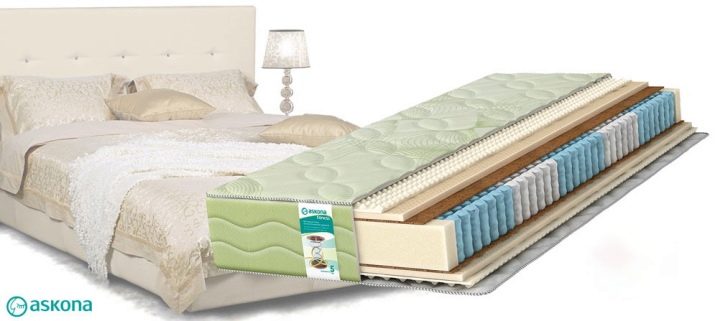
Among Russian manufacturers such companies as Ormatek, Sontelle, DreamLine, Dimax, Trelax have proven themselves well.
How to choose the right one?
The first step is to determine what rigidity and what level of orthopedic support is needed. And, based on this, choose the appropriate filler (soft, hard, medium hardness) and the type of base. The optimal stiffness is determined taking into account the anatomical features and weight of users, as well as their preferences:
- for people of average weight (60-90 kg) without serious diseases mattresses of any hardness are suitable, optimally - medium hardness (latex, struttofiber, hallcon) or moderately soft (elastic foam);
- for miniature people (50-55 kg), experts advise choosing soft or moderately soft models (elastic foam, memorix, soft holofiber);
- those who are heavier than 90 kg should purchase hard and resilient products that will provide sufficient support (latex, coconut coir);
- pregnant women are advised to sleep on a moderately soft surface, and ideally on a mattress with Memory Foam;
- in case of diseases of the lower back and problems with intervertebral discs, it is recommended to sleep on soft mattresses, in case of osteochondrosis - on moderately hard, but exact recommendations should be given by the attending physician.


If the pair does not have a large difference in weight, it is possible to acquire models that are homogeneous (monolithic) in stiffness. If the difference is more than 10-15 kg, or ideas about the level of comfort differ, models with double stiffness or from “smart” memorix are preferable, which individually adjusts to each one (however, for some lovers of a hard bed, even memorix may seem too soft).

You can choose any type of base, except for models with dependent springs (they are not orthopedic). Models with an independent spring block and a springless base have proven themselves equally well in terms of orthopedic properties (of course, in combination with a suitable filling), they are suitable for any type of bed. But in each case, the maximum permissible loads on one berth should be taken into account. Each model has its own, and if they are exceeded, the mattress will not be able to provide the necessary orthopedic support. The thickness of the mattress is also related to the ability of the mattress to withstand loads while providing adequate anatomical support. For a full-fledged orthopedic model, it should not be less than 10 cm, optimally - from 14 cm.Moreover, the thickness of the covering layer should not be less than 2-3 cm, ideally - from 5 cm.
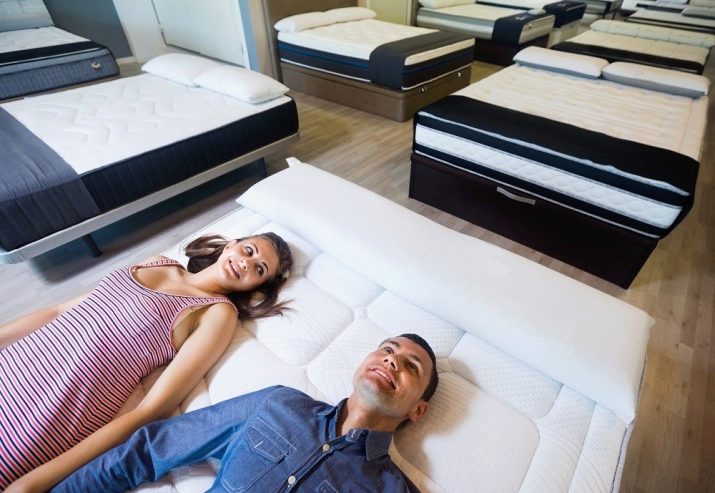
To make sure that the model is suitable in terms of rigidity and other characteristics, it is advisable to lie down on a test sample in a store before buying.
For information on how to choose the right orthopedic mattress, see the next video.








